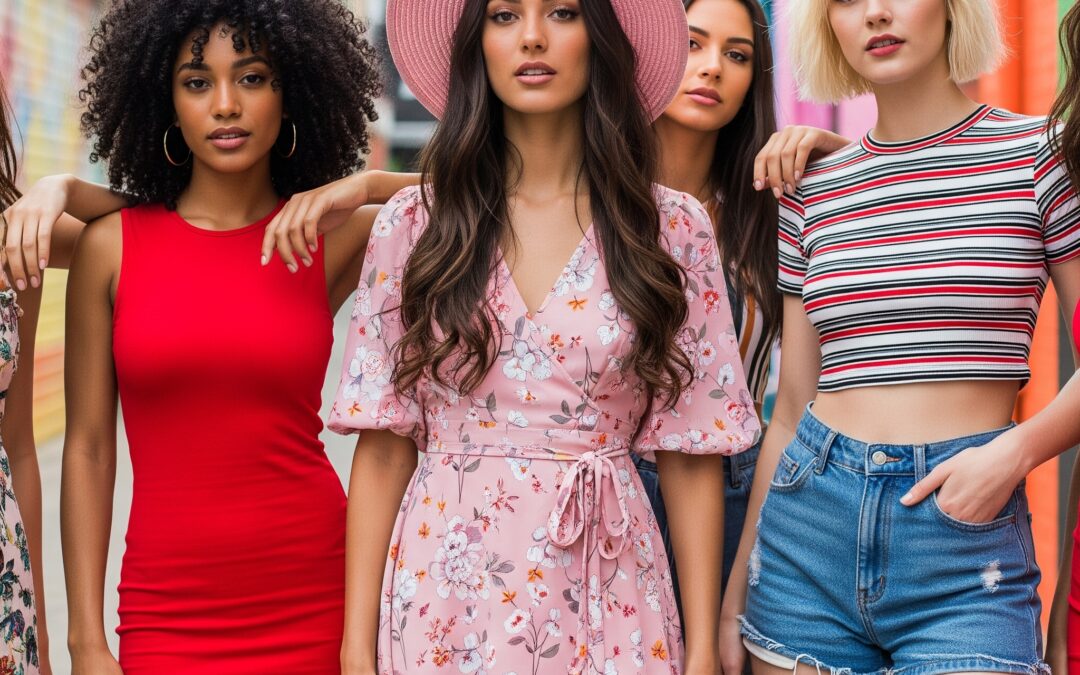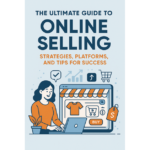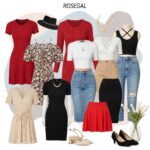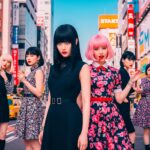Where is Rosegal Clothing Made?Rosegal, like many other big online fashion stores that sell quick fashion, gets its clothes from a network of producers throughout the world. Their main office is in Luxembourg, and they do some business in the US, but most of their clothes are made in Asia, with a lot of them being made in China. Many online stores do this to provide a broad range of popular things at reasonable rates. They do this by taking advantage of the existing manufacturing infrastructure and reduced production costs in these areas.
Explore Atelier Iris Library Map
The Global Nature of Making Fast Fashion
Where is Rosegal Clothing Made?The fast fashion sector is known for being able to swiftly make new designs to keep up with trends that are always changing. Companies usually use a worldwide supply chain that is spread out to get things done quickly and keep prices cheap. Countries in Asia, especially China, have built up huge manufacturing capacities, such as textile mills, dyeing facilities, and garment factories. This makes them great places to make things in large quantities. Rosegal is a part of this manufacturing ecosystem since it was created in Hangzhou, China, in 2014. This lets it swiftly make and store a wide assortment of clothes.
China as the Main Place for Manufacturing
Where is Rosegal Clothing Made?Many sources and common knowledge in the industry point to China as the main place where Rosegal makes its clothes. There are several signs that this is true, such the usual shipping sources for purchases and stories from customers who say that things regularly arrive with tags that say “Made in China.” Rosegal’s inception in Hangzhou, a significant industrial and e-commerce centre in China, makes this idea more stronger. A company’s legal headquarters may be in one nation, but its factories are commonly situated in other countries for strategic reasons, such as to save money and make manufacturing more efficient.
What it means to make things overseas?
Getting clothes from other nations, notably China, has pros and cons. Rosegal can provide cheap clothes because they have access to a vast pool of competent workers, established textile supply networks, and cheaper production prices. But it also makes it harder to keep an eye on quality, make sure that workers are treated fairly, and be open about the supply chain. As many online fashion companies’ customers have said, the distance between locations may make returns and customer support more difficult.
Concerns about ethics and supply chain transparency
Rosegal, like many quick fashion firms, is being looked at for how open its supply chain is and how ethical its factories are. Rosegal probably works with more than one third-party factory, just like a lot of other businesses. However, the specifics about these factories, like as how they treat their workers and how they protect the environment, are generally not made public. Consumers can’t easily find out the specific labour conditions, pay, and environmental effect of making their clothes since there isn’t enough comprehensive information available.
Quality Control and Customer Service
The clothes you buy online from different foreign manufacturers may not always be of the same quality. Rosegal says it has made changes to quality control, although consumer evaluations occasionally point to problems with size, fabric quality, and the general structure of the clothes. There are a lot of items, the manufacturing cycles are quick, and you might deal with a lot of different manufacturers, each with its own standards and methods. This is why there are so many differences.
The “Factory to Consumer” Model
Rosegal is a direct-to-consumer e-commerce company that operates as a middleman between the production base in Asia and the worldwide customer. This strategy lets companies skip the usual retail markups and deliver items straight to the client. However, it could be harder for them to keep an eye on factory conditions and labour practices than for brands who have their own vertically integrated production facilities. Customers are basically buying things that have travelled a long way from where they were made.
Conclusion – A Globalised Production Environment
In conclusion, Where is Rosegal Clothing Made?Rosegal has a business presence in Luxembourg, but most of its clothes are made in Asia, mostly in China. This strategic sourcing choice lets the firm take advantage of cost savings and a strong manufacturing base to provide a broad range of stylish and inexpensive clothes to customers throughout the world. But it also puts Rosegal squarely in the fast fashion category, where issues like supply chain transparency, fair labour standards, and environmental impact are still big concerns for both customers and industry watchdogs.
















